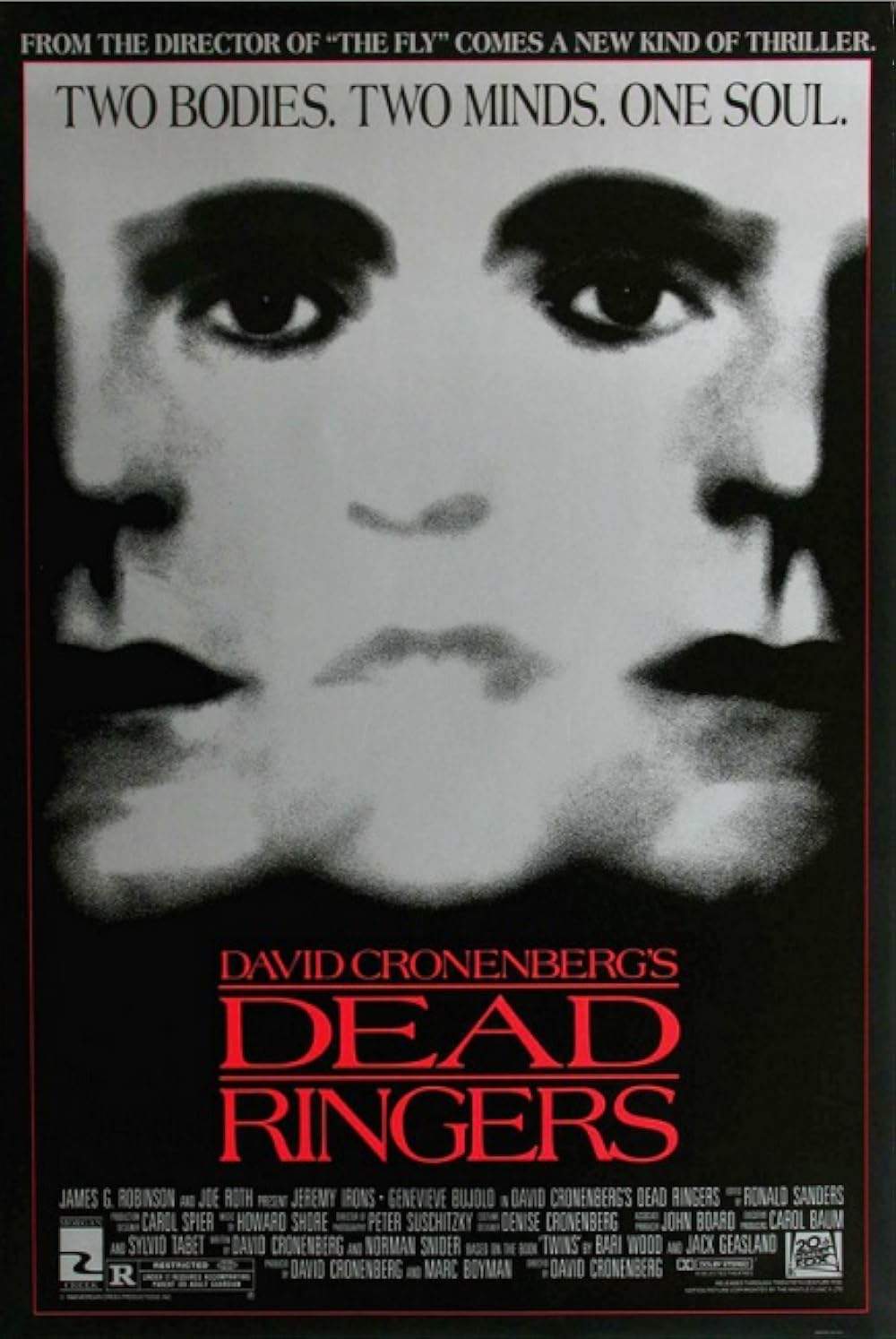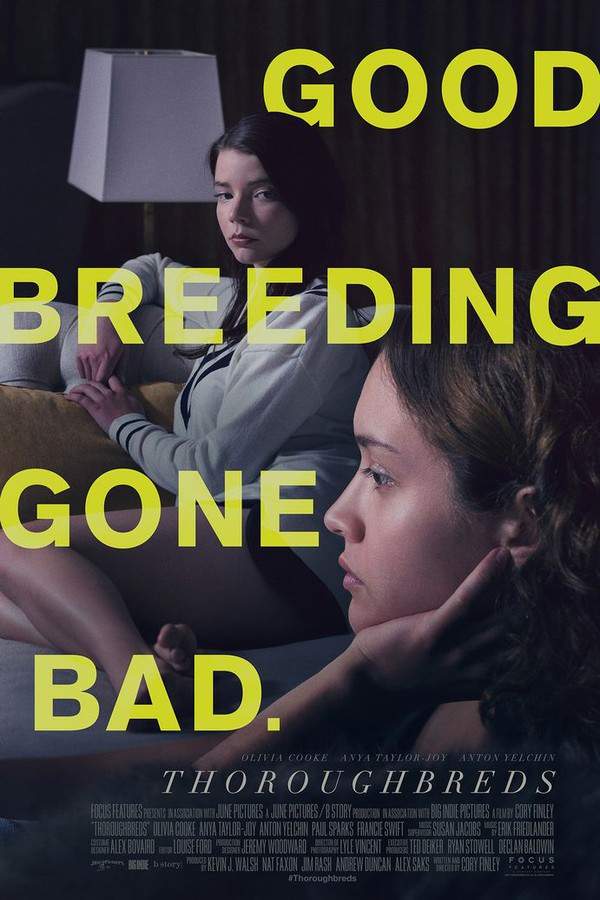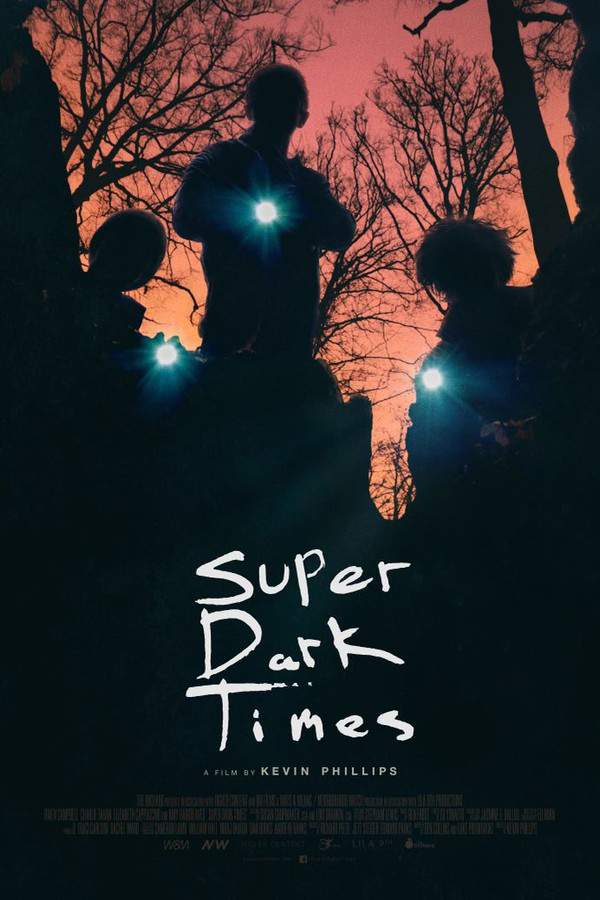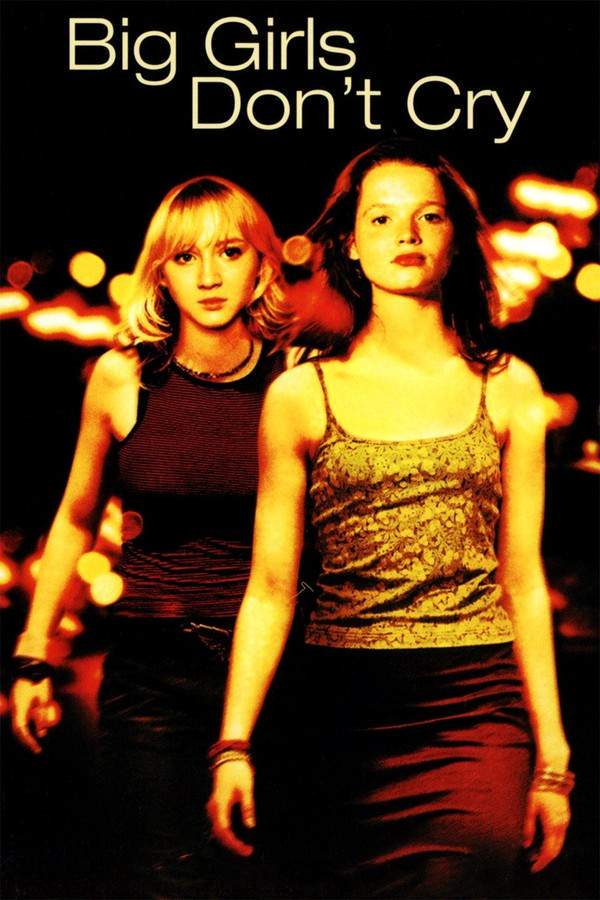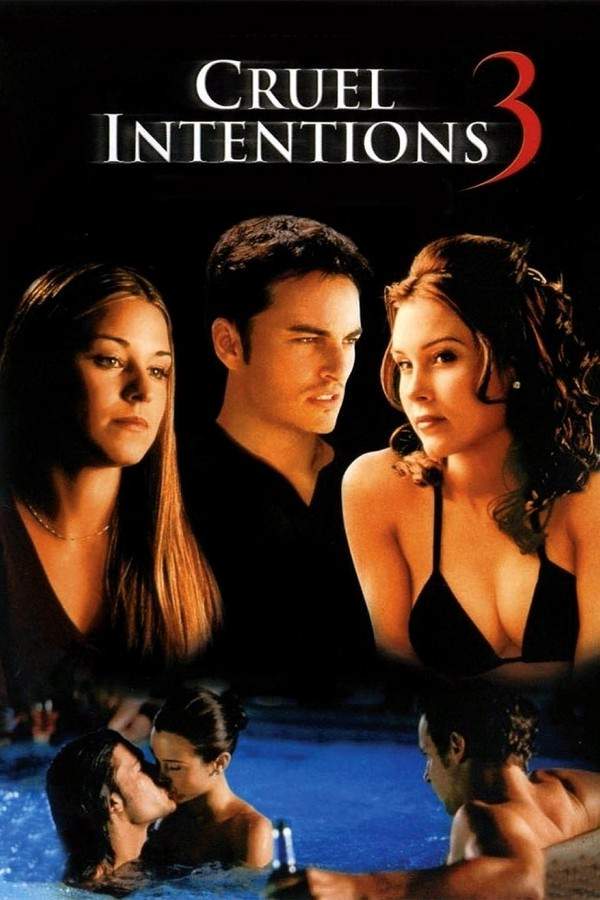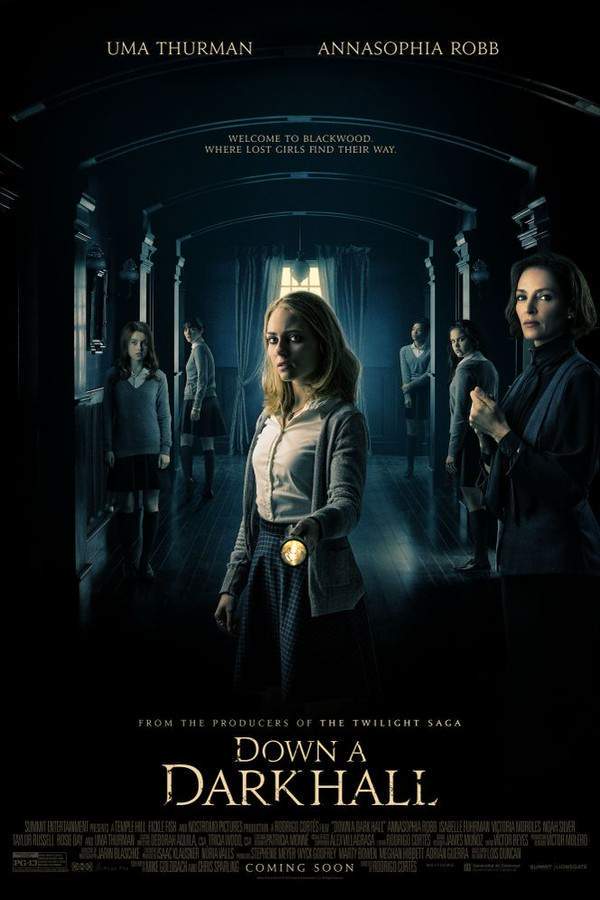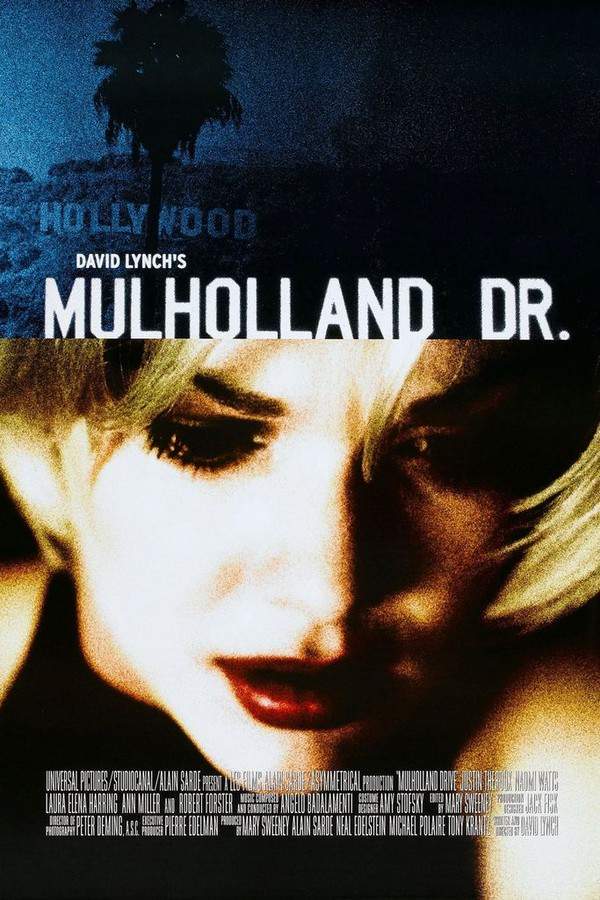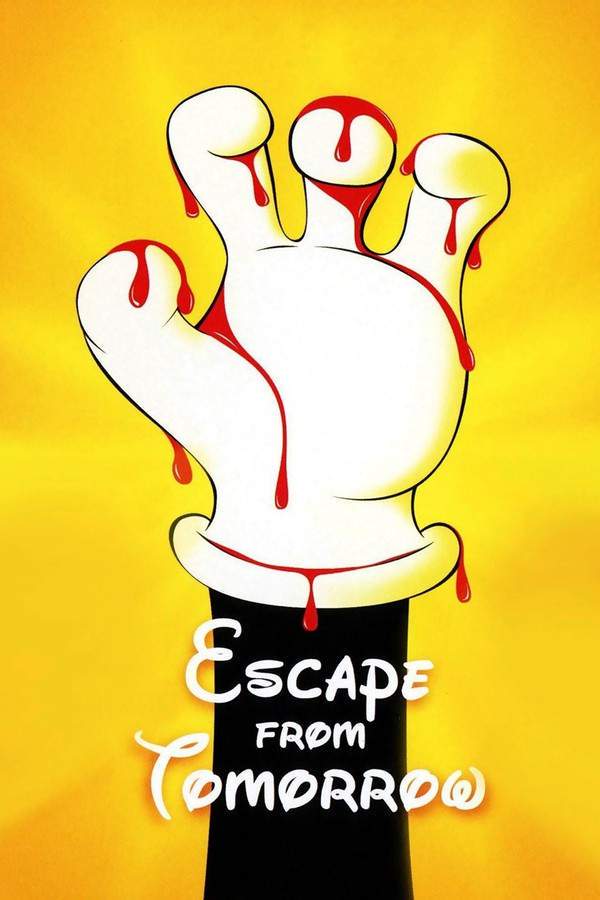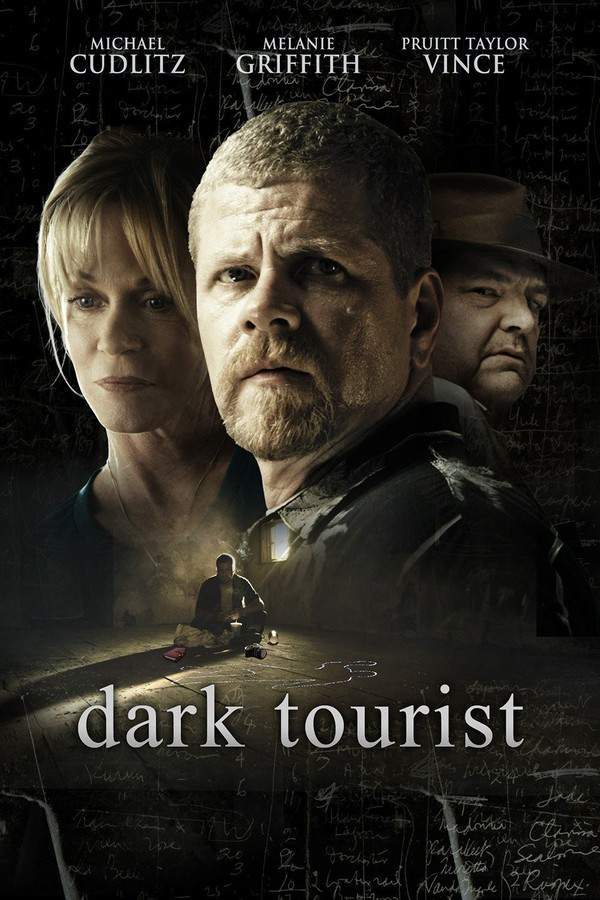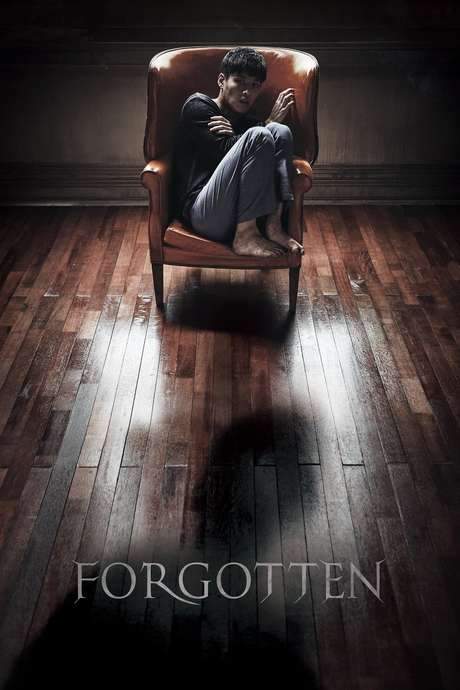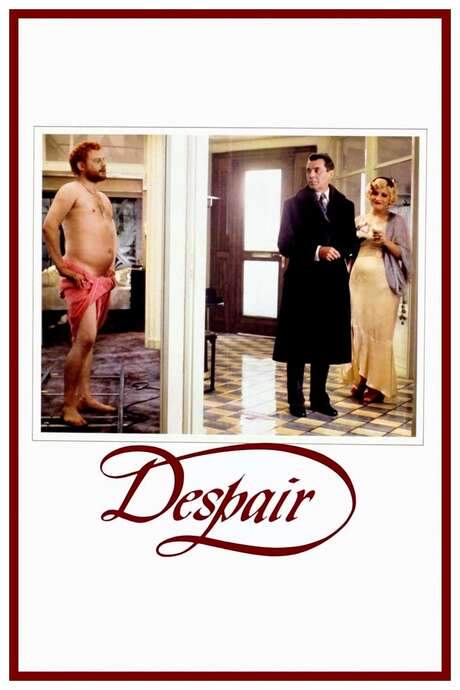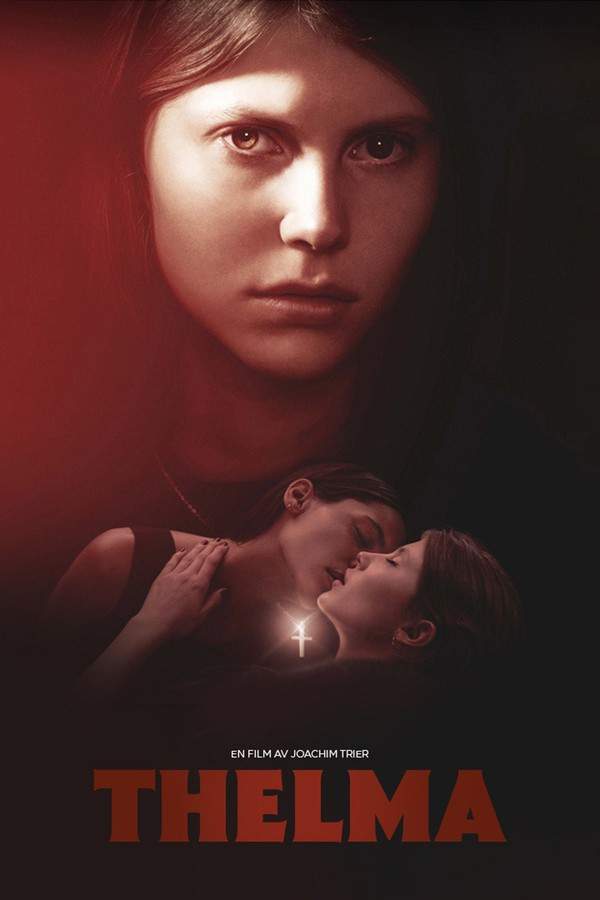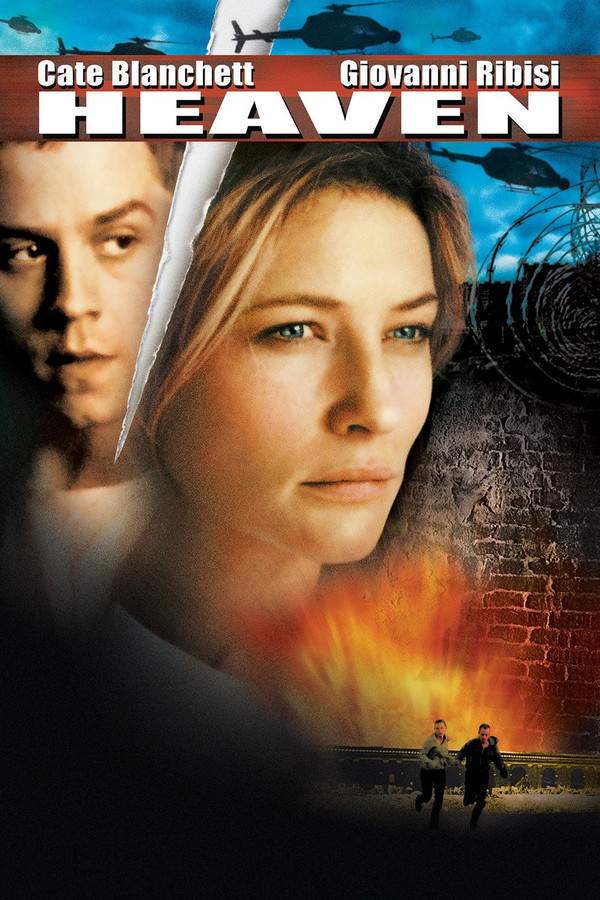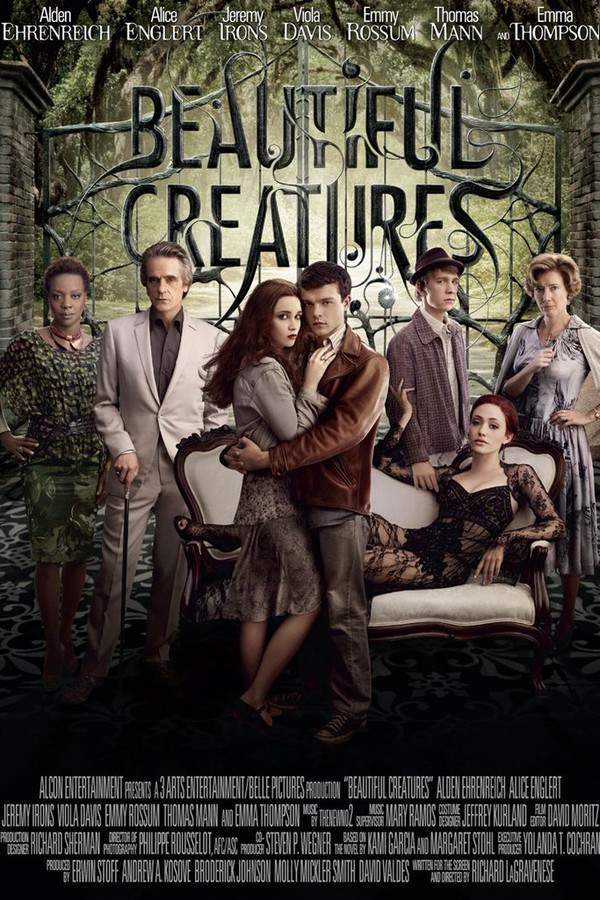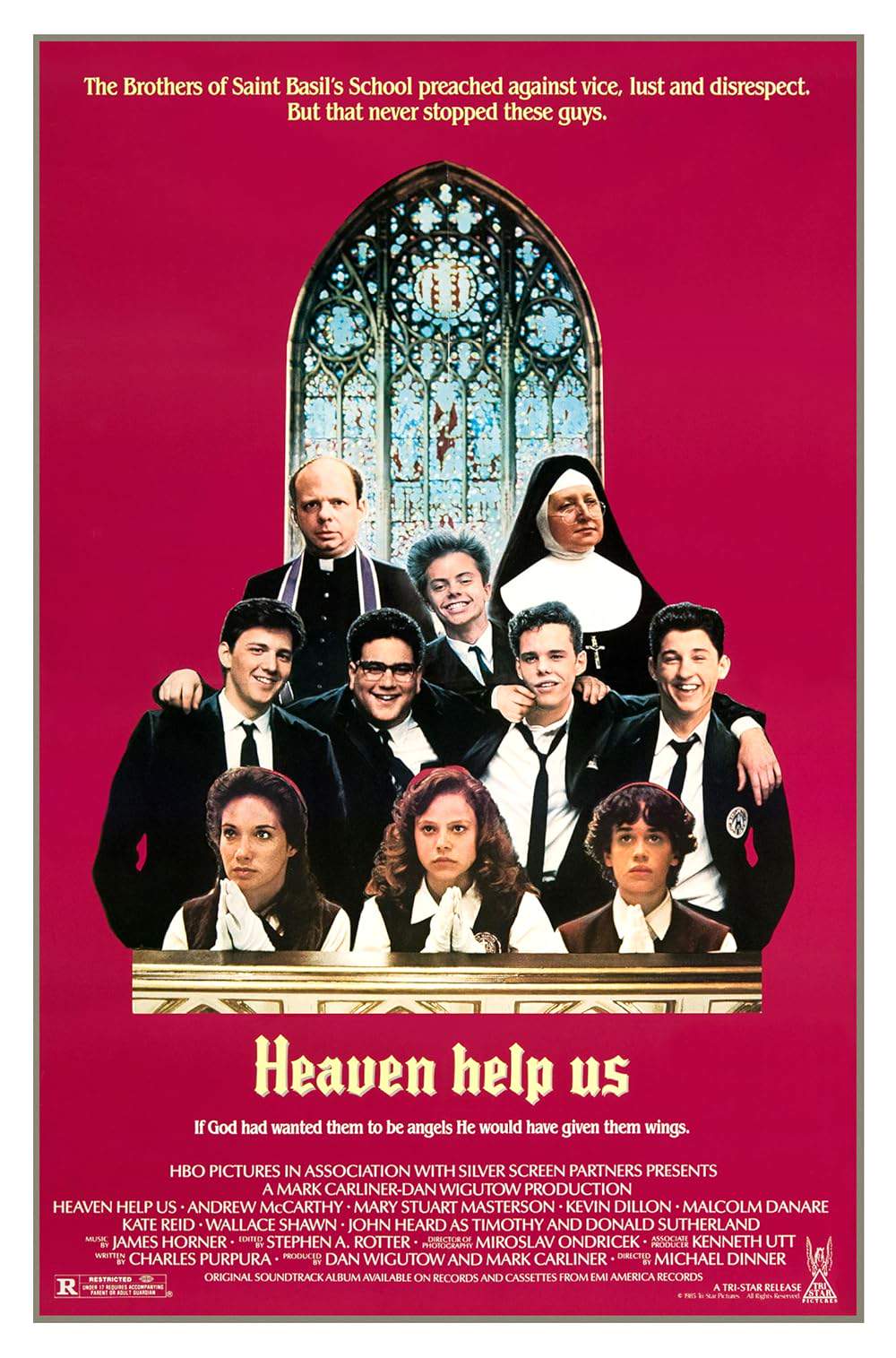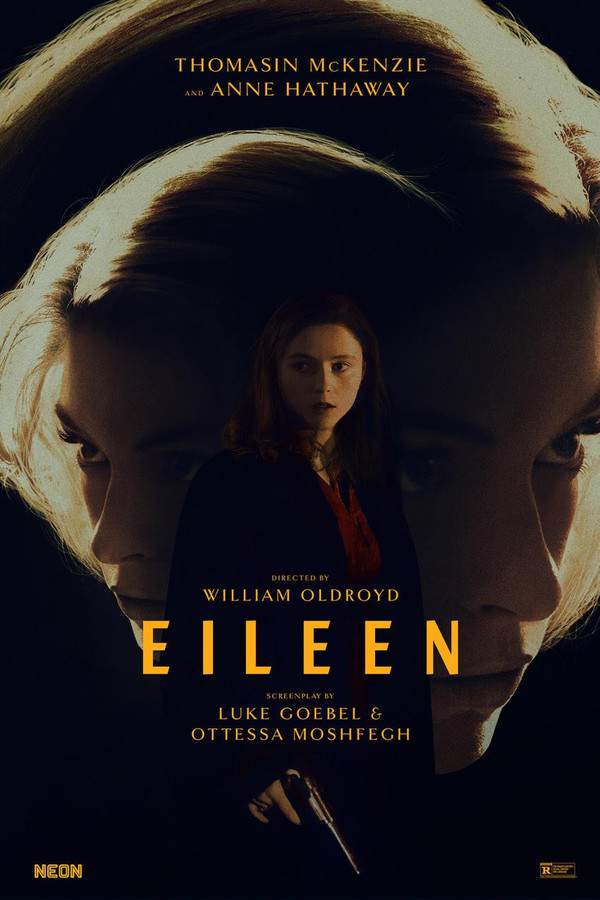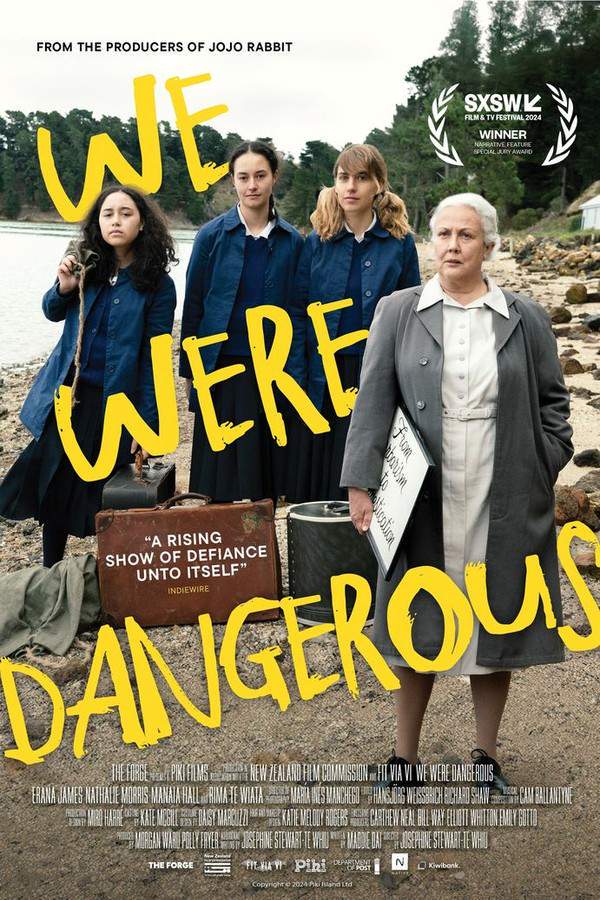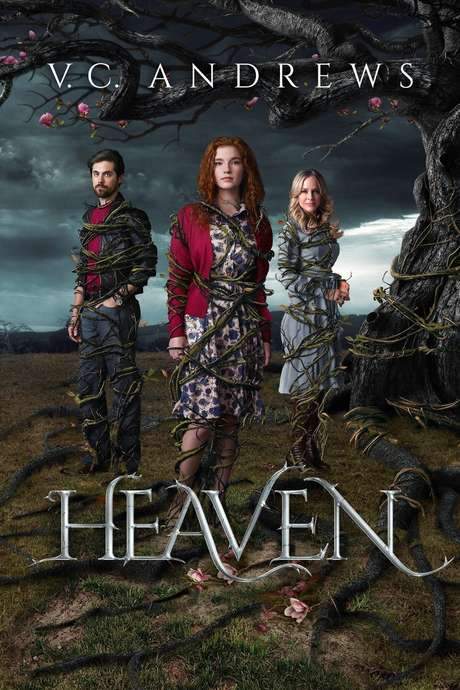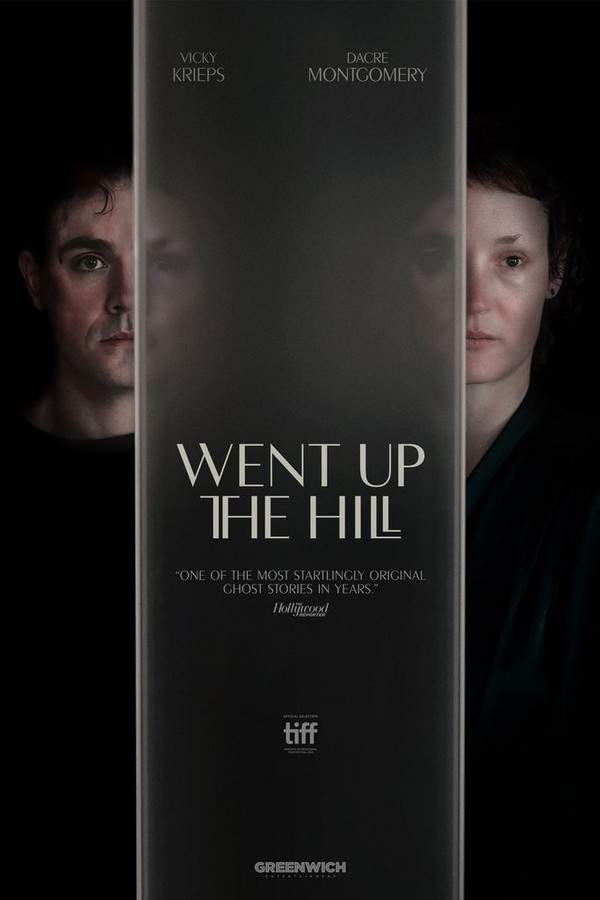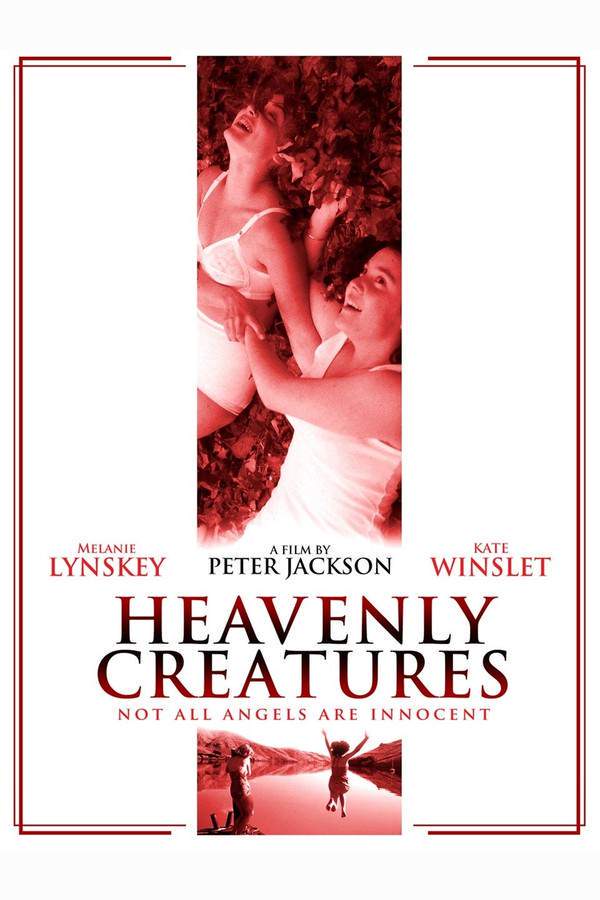
Heavenly Creatures
Year: 1994
Runtime: 99 min
Language: English
Director: Peter Jackson
Budget: $5M
In this gripping drama set in Christchurch, New Zealand, fifteen-year-old Juliet's life is upended by an intense connection with fellow outsider Pauline. Bound by shared passions and fantasies centered around Hollywood star Mario Lanza, the girls create an elaborate inner world as a means of escaping the pressures of their families. Their bond deepens into an all-consuming relationship, ultimately leading them to plot a daring escape to America, fueled by a dark determination to be together.
Warning: spoilers below!
Haven’t seen Heavenly Creatures yet? This summary contains major spoilers. Bookmark the page, watch the movie, and come back for the full breakdown. If you're ready, scroll on and relive the story!
Heavenly Creatures (1994) – Full Plot Summary & Ending Explained
Read the complete plot breakdown of Heavenly Creatures (1994), including all key story events, major twists, and the ending explained in detail. Discover what really happened—and what it all means.
In the year 1952, in Christchurch, a well-off 13-year-old English girl named Juliet Hulme finds herself transferring to a new school where she forms a close bond with a 14-year-old girl from a working-class background, Pauline Parker. Their friendship blossoms over shared experiences of trauma from childhood illnesses and lengthy stays in hospitals. Pauline is enchanted by Juliet’s boldness and stunning beauty, contrasting sharply with her own turbulent relationship with her mother, Honora, marked by constant conflict.
Juliet’s home life is intellectually serene, a stark contrast to the chaos Pauline faces daily. As their bond strengthens, Pauline often seeks refuge at the Hulmes’ residence, where she feels a sense of belonging. Together, they indulge in creative pursuits such as painting, crafting figurines, and weaving fantastical stories, ultimately leading to the creation of an imaginary kingdom they call Borovnia. This world becomes the backdrop of the adventure novels they aspire to publish and adapt into films in Hollywood, blurring the lines between their imagination and reality.
Juliet introduces Pauline to the concept of the “Fourth World,” a paradise absent of Christianity, where art and music reign supreme. She believes that after her death, she will ascend to this idyllic realm. On a day trip to Port Levy, when Juliet’s parents announce their impending trip, she is overcome with dread at the thought of isolation. In her turmoil, she experiences the Fourth World for the first time, a place where she feels entirely safe and content. Upon sharing this vision with Pauline, they both become captivated by the beauty of this shared experience, deepening their connection.
However, things take a darker turn when Juliet contracts tuberculosis and is sent to a clinic. Despite the physical distance, the girls continue to write to one another, adopting the personas of royal figures in Borovnia. During this time, Pauline becomes involved with a lodger, igniting Juliet’s feelings of jealousy. Their once innocent fantasy escapism gradually shifts towards violent imaginings, fueled by the oppression they feel in the real world.
As tensions rise, especially with Juliet’s father expressing concerns about the intensity of their friendship, their world starts to crumble. In response to Juliet’s deteriorating family situation, including her parents’ decision to divorce and their plan to relocate, the girls concoct desperate plans to escape. Their fantasies spiral into conversations about murder, viewing Pauline’s mother as the main barrier to their bond.
In a dramatic climax, the girls spend the final weeks of their friendship together at Juliet’s house. When mommy Honora organizes a trip to Victoria Park, the plan solidifies in their minds. After enjoying tea, the family takes a walk, and as Honora bends down to retrieve a pink charm the girls have intentionally dropped, the unimaginable occurs — Juliet and Pauline strike her down with a brick hidden in a stocking.
A haunting epilogue reveals that soon after this shocking act, both girls are captured, sentenced to five years in prison, having evaded death due to their youth, and ultimately released in 1959 with the stipulation that they must never see each other again. Their story is a chilling tale of love, delusion, and the tragic consequences of overwhelming passion.
Last Updated: November 16, 2024 at 17:51
Explore Movie Threads
Discover curated groups of movies connected by mood, themes, and story style. Browse collections built around emotion, atmosphere, and narrative focus to easily find films that match what you feel like watching right now.
Movies about obsessive friendships like Heavenly Creatures
Intense bonds between outsiders spiral into shared delusion and tragedy.If you were captivated by the intense, destructive bond in Heavenly Creatures, discover more movies like it. This collection features stories of all-consuming friendships that spiral into darkness, exploring themes of shared fantasy, psychological pressure, and tragic outcomes.
Narrative Summary
These narratives typically follow an arc where an intense, symbiotic relationship forms between two outsiders. Their bond, initially a source of comfort and escape, becomes increasingly claustrophobic and detached from reality. The conflict arises when the outside world threatens their shared fantasy, pushing them towards desperate and often violent acts to preserve their union.
Why These Movies?
These films are grouped together because they capture the specific, unsettling vibe of a friendship that transforms into a dangerous obsession. They share a dark tone, heavy emotional weight, and a focus on the psychological unraveling of characters bound by a shared delusion.
Movies where fantasy clashes with reality like Heavenly Creatures
Elaborate inner worlds shatter under the weight of inescapable truth.For viewers who appreciated the rich fantasy world of Borovnia in Heavenly Creatures, this list curates similar movies where elaborate escapism violently collides with harsh reality. Explore stories of psychological unraveling and the tragic cost of living in a dream.
Narrative Summary
The narrative pattern involves characters, often feeling like outsiders, who retreat into a shared or personal fantasy realm. This world is vividly realized, providing solace and power. The story's tension builds from the increasing pressure of reality, culminating in a climax where the fantasy can no longer be sustained, resulting in psychological breakdown or violent action.
Why These Movies?
These films share a core thematic and structural element: the creation and subsequent destruction of a fantasy escape. They are united by a dreamlike mood that gradually shifts into something dark and tense, a steady pacing that builds psychological unease, and often a bleak ending where the escape fails catastrophically.
Unlock the Full Story of Heavenly Creatures
Don't stop at just watching — explore Heavenly Creatures in full detail. From the complete plot summary and scene-by-scene timeline to character breakdowns, thematic analysis, and a deep dive into the ending — every page helps you truly understand what Heavenly Creatures is all about. Plus, discover what's next after the movie.
Heavenly Creatures Timeline
Track the full timeline of Heavenly Creatures with every major event arranged chronologically. Perfect for decoding non-linear storytelling, flashbacks, or parallel narratives with a clear scene-by-scene breakdown.

Characters, Settings & Themes in Heavenly Creatures
Discover the characters, locations, and core themes that shape Heavenly Creatures. Get insights into symbolic elements, setting significance, and deeper narrative meaning — ideal for thematic analysis and movie breakdowns.

Heavenly Creatures Spoiler-Free Summary
Get a quick, spoiler-free overview of Heavenly Creatures that covers the main plot points and key details without revealing any major twists or spoilers. Perfect for those who want to know what to expect before diving in.

More About Heavenly Creatures
Visit What's After the Movie to explore more about Heavenly Creatures: box office results, cast and crew info, production details, post-credit scenes, and external links — all in one place for movie fans and researchers.

Similar Movies to Heavenly Creatures
Discover movies like Heavenly Creatures that share similar genres, themes, and storytelling elements. Whether you’re drawn to the atmosphere, character arcs, or plot structure, these curated recommendations will help you explore more films you’ll love.
Explore More About Movie Heavenly Creatures
Heavenly Creatures (1994) Scene-by-Scene Movie Timeline
Heavenly Creatures (1994) Movie Characters, Themes & Settings
Heavenly Creatures (1994) Spoiler-Free Summary & Key Flow
Movies Like Heavenly Creatures – Similar Titles You’ll Enjoy
My Summer of Love (2005) Full Movie Breakdown
Thelma (2017) Story Summary & Characters
Alléluia (2015) Complete Plot Breakdown
Heaven (2002) Full Movie Breakdown
Beautiful Creatures (2001) Movie Recap & Themes
Breaking the Girls (2013) Full Movie Breakdown
Heaven Help Us (1985) Full Movie Breakdown
Eileen (2023) Film Overview & Timeline
We Were Dangerous (2025) Ending Explained & Film Insights
Heaven (2019) Detailed Story Recap
Girlfriends (1993) Plot Summary & Ending Explained
Fun (1994) Spoiler-Packed Plot Recap
Heaven’s Burning (1997) Plot Summary & Ending Explained
Angel, Angel, Down We Go (1969) Complete Plot Breakdown
Went Up the Hill (2025) Full Summary & Key Details

